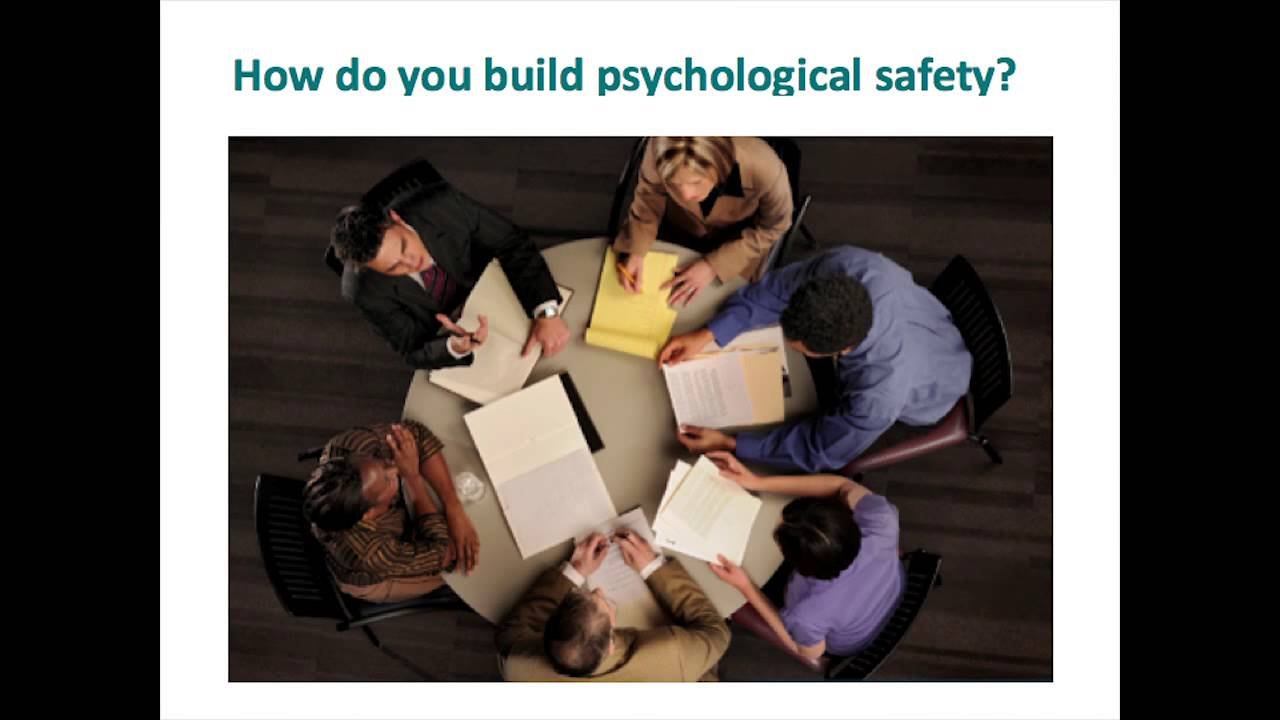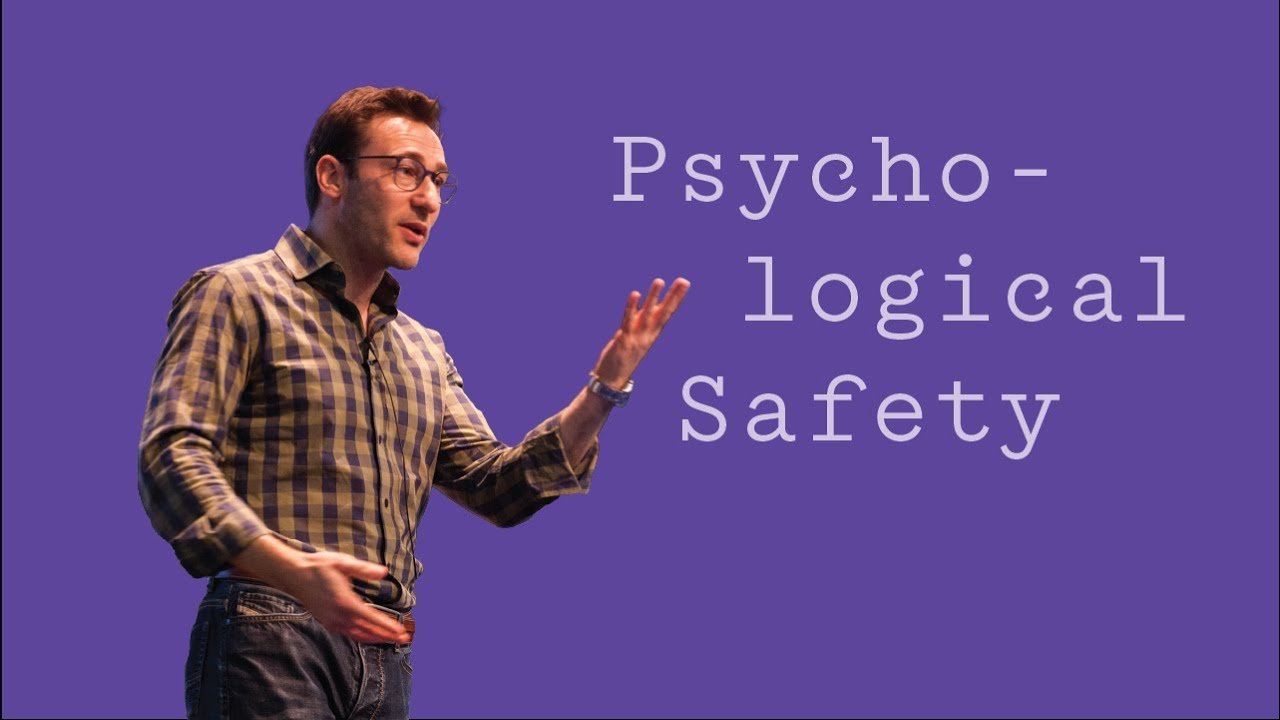Leadership has many facets. An important one is to create an environment that fosters learning, innovation, creativity, and a growth mindset. This is possible only through a safe-to-fail environment.
Amy Edmondson says psychological safety is “a belief that one will not be punished or humiliated, for speaking one’s ideas, questions, concerns or mistakes and that the team is safe for interpersonal risk taking’.
The scene for risk-taking can be set by leaders who foster an environment that is safe to take risks, fail, and learn from the failures. You can listen to Amy’s complete TedTalk on psychological safety here.
Contents
- 1 Fail-safe scenarios shared by leaders:
- 2 8 Ways for Leaders to Establish a Safe-to-fail Environment
1. A senior leader in the market research field shared her ideas of fail-safe environment. She said she always permitted junior researchers to take the lead on projects that were above their level of competence. She had adequate guidelines and documentation as scaffolding.
She had a senior researcher accompany them in the planning and execution process. If clients complained or pulled rank, she said she needed to intervene and stand up for her team. Her team moved ahead well because they knew they had her backing.
She maintained a great rhythm of conversations and planned and tracked actions to hold the team accountable. With every assignment of ‘stretch’ she provided, she found that her team upskilled faster than other teams.
2. Another leader in the social entrepreneurship space shared how they were functioning in a space where no one had done what they planned to do. There was no template to follow and all was being developed from scratch. Both the process and the product were new.
In such a scenario both the leader and team are functioning in a ‘not knowing space’. This leader’s approach was the ‘pilot’ approach and the ‘action learning’ approach. So he and his team functioned from the premise that ‘we learn by doing’ in a safe-to-fail environment. The action they took would give them feedback on the next step to take.
They stayed agile. This meant that the team felt safe to brainstorm ideas and execute them in small ways, constantly pausing and thinking together. Some of their initiatives didn’t do great and the team did not get penalized.
He says over a 3-year mission this team created phenomenal results that would not have been possible if each individual did not have psychological safety to express, try, fail, and still be supported. They were supported by the board with a network of help, budgets, mentoring, and a respectful relationship.
8 Ways for Leaders to Establish a Safe-to-fail Environment
1. Lead by example:
As with many other things, leaders should start with themselves and pave the way to innovation, failure, and learning lessons from failed projects to create a fail safe environment. Leaders can be vocal about their experiences. Future leaders can set this practice as an example. They can create a safe environment, since leaders create leaders.
They must share not just success stories but stories of failures and misadventures too. This encourages employees to take risks and failures in their stride. It is the leaders who set the tone for embracing failures and shape the attitude towards failure.
2. Encourage open communication:
It is imperative that leaders foster a culture of open honest communication to create a safe-to-fail environment. The team members feel comfortable and safe to share their ideas, thoughts, opinions, and even their mistakes without the fear of being judged encourages valued contributions from all.
You may find it useful: The upside to having provocative conversations at work
3. Initiate psychological safety:
The belief that one can take risks safely without having to face negative consequences promotes the well-being of all team members.
Leaders can encourage psychological safety scenarios by listening actively to their team members and respecting everyone’s views and contributions. This in turn promotes a culture of organizational safety. Simon Sinek’s video here reinforces this.
4. Emphasis on learning and growth:
Where there is the importance given to a growth mindset and encouragement for learning automatically the organizational atmosphere becomes more oriented towards risk-taking.
There is constant feedback on lessons learnt rather than only judging success and failure. The team members reflect on failures and discuss the improvements that can be brought in a safe-to-fail environment.
5. Provide resources and support:
It is the responsibility of the leaders to ensure that team members have the necessary resources, tools, and training to take calculated risks and experiment with new ideas. Mentorship, coaching, and guidance are valuable assets to lean on.
6. Support and Collaboration:
Teamwork fosters an fail-safe environment of mutual respect and individual support for team members. They share knowledge, collaborate, and have joint experiences. This creates a sense of shared responsibility. It promotes a supportive environment where failures are treated as shared learning opportunities.
Recommended read: Peer Coaching: Experience the Power of Mutual Support
7. Transparency in times of change:
Leaders who have an open-door policy and who have open and honest communication during times of major change such as downsizing, policy, and structural changes in the organization foster a safe-to-fail environment by keeping the employees in the know. It doesn’t give rise to rumors leading to insecurities and panic.
8. Celebration of Effort:
Leaders must encourage and acknowledge progress, and effort regardless of the final outcome. Individuals and teams must get positive strokes for taking risks, displaying resilience, and the lessons learned from failures. This reinforces a positive culture across the organization.
The creation of an ongoing safe-to-fail environment in organizations involves constant effort from the leaders along with a long-term commitment to do so.
By nurturing a culture of psychological safety, promoting learning and growth, and providing support, leaders can empower their teams to take risks, learn from failures, and ultimately drive long-term innovation and success.




